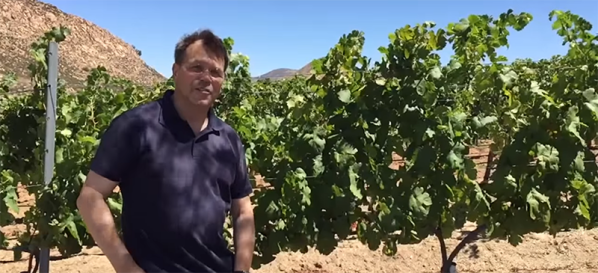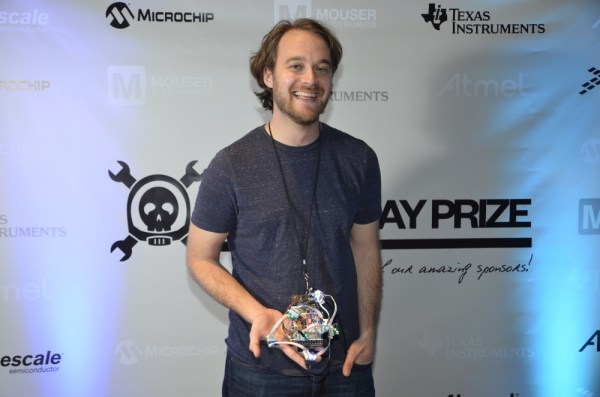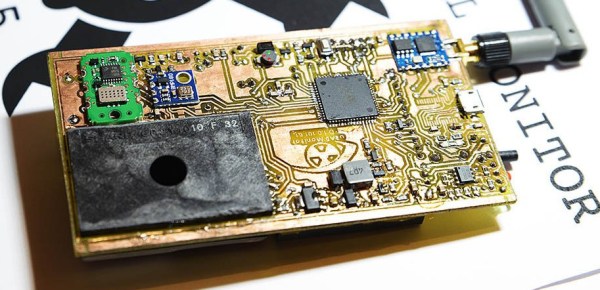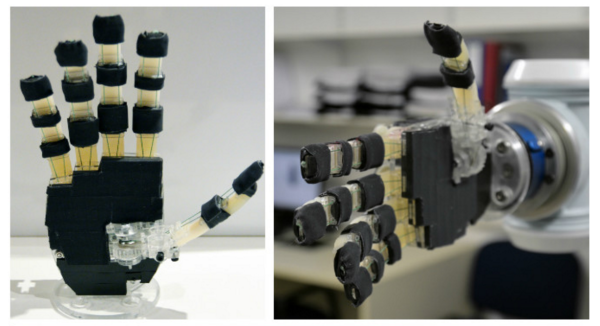It’s that time of year again. In March, Austin Texas transforms itself into a nexus of art and technology and holds a celebration of Music, Film, and something called Interactive. It turns out that we’re Interactive: Hackaday will once again be at SXSW and we want you to join us there — Austin is excellent at showing everyone a fun time (as long as you don’t need to drive anywhere).
We’ll be on site starting this Friday (3/11/16) and we want you to come party with us at the Hardware House starting at 6pm. This is the third year that Hardware House has hosted, and last year the party was packed with a ton of interesting people, including some Hackaday alums who were there by coincidence. This year you can expect the same, but the fun doesn’t stop on Friday. [Sophi Kravitz] will be hosting a panel on Sunday at 5pm about Technology and Social Change.
Our main event is on Monday (3/14) at noon: Lunch with Hackaday as we launch the world premier of the 2016 Hackaday Prize film. On hand for the SXSW events are [Sophi Kravitz], [Chris Gammell], [Aleksandar Bradic], [Amber Cunningham], [Michael Guilfoil], and [Ivan Lazarevic].
But even after SXSW, we’re not done with the Lone Star State. [Brandon Dunson] and [Mike Szczys] will be at Hackaday Prize Worldwide: Dallas the following weekend at the Dallas Makerspace. Get excited Texas, we certainly are!

















